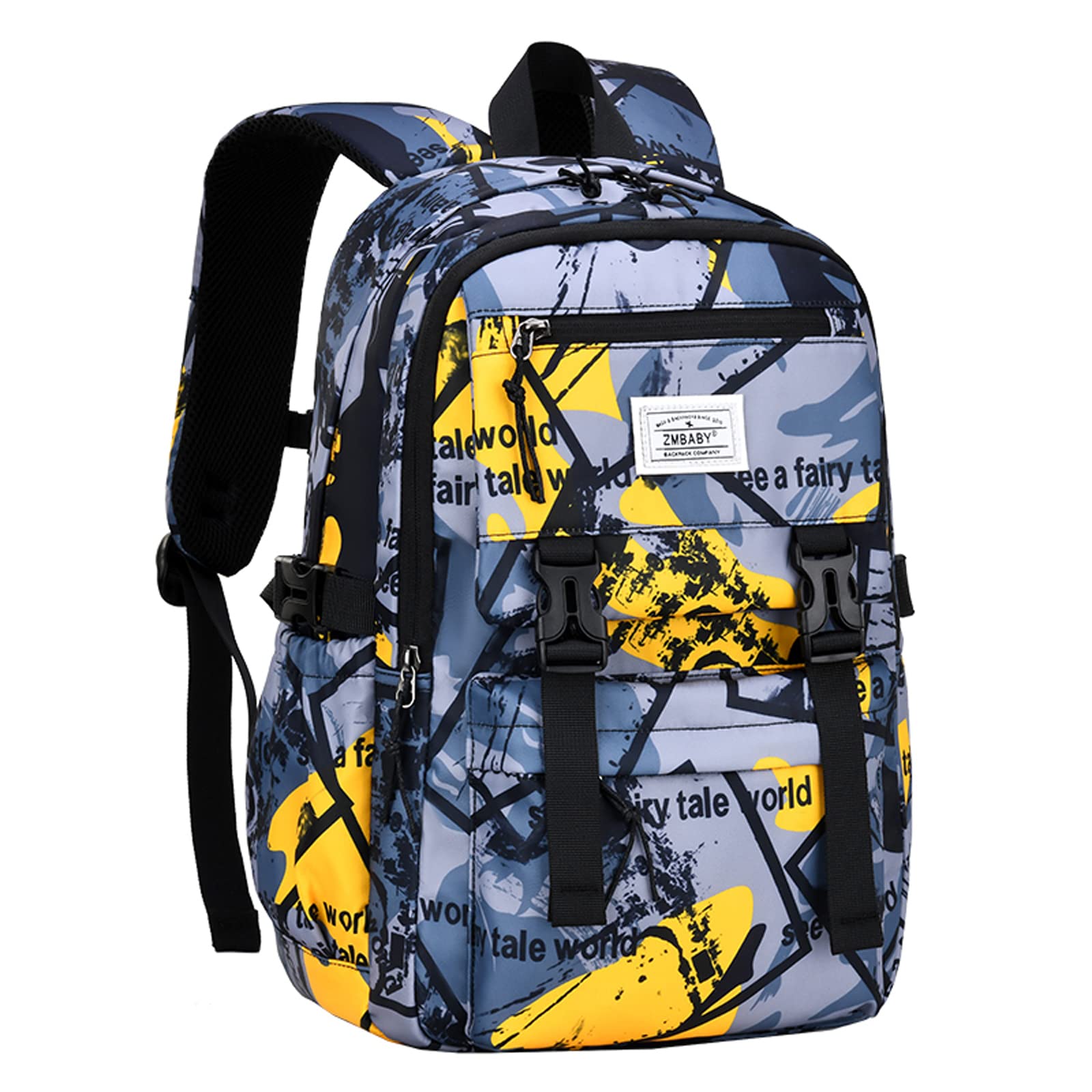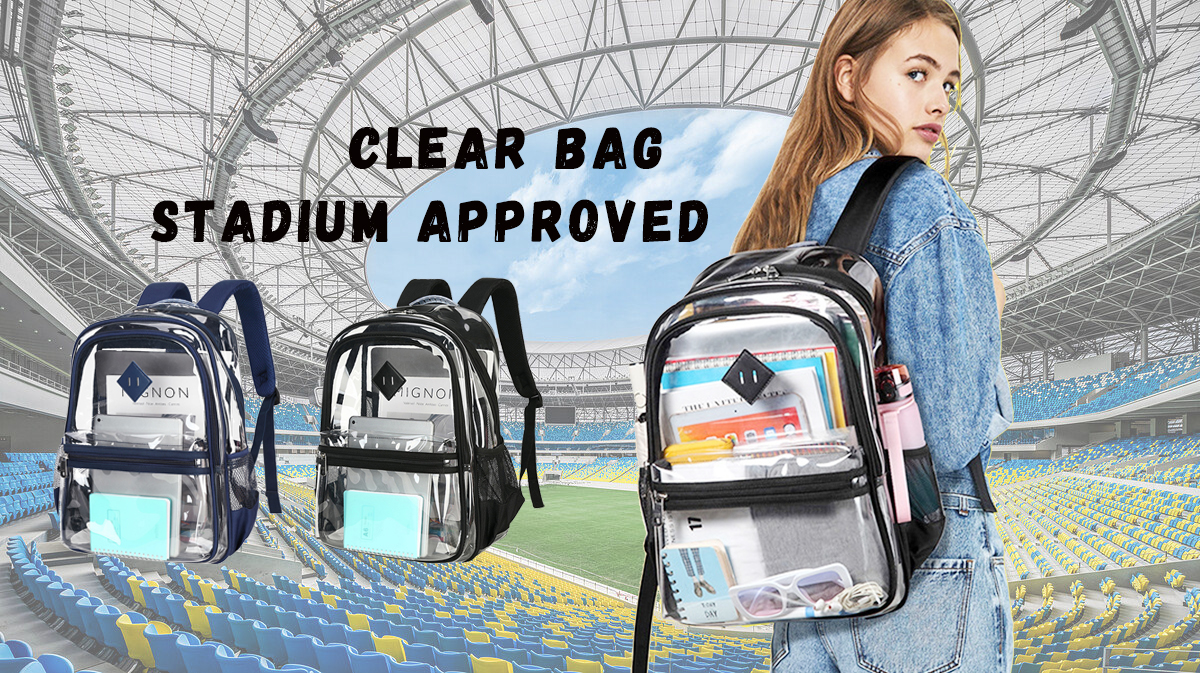Protecting Children's Back Health: Importance of Proper Backpack Use and Guidelines
Backpacks are available in various sizes, colors, fabrics, and shapes, allowing kids to showcase their personal style. When used correctly, they are extremely convenient.
However, backpacks can strain muscles and joints, potentially causing back pain if they are too heavy or misused.
What Issues Can Arise from Backpacks? Carrying the weight of books, school supplies, and personal items can lead to backaches in kids. Doctors and physical therapists advise that children should not carry more than 10% to 20% of their body weight in their backpacks. Unfortunately, many kids exceed this limit.
The weight can pull children backward, causing them to bend forward at the hips or arch their backs to maintain balance. This unnatural posture can result in shoulder, neck, and back pain.
Many kids prefer to wear their backpacks over one shoulder, thinking it looks better or feels more comfortable. However, this can cause them to lean to one side to compensate for the extra weight, leading to lower and upper back pain, shoulder strain, and neck discomfort. Improper backpack usage can also contribute to poor posture.
Backpacks with tight and narrow straps that dig into the shoulders can cause numbness, tingling, and weakness in the arms and hands.
Other safety concerns to consider include:
1 Kids carrying large backpacks may not be aware of the space their packs occupy and can accidentally hit others when turning or navigating narrow areas like school bus aisles.
2 Students are at risk of injury if they trip over large backpacks or if a backpack falls on them.
3 Carrying a heavy backpack alters a child's gait and can increase the risk of falls, particularly on stairs or in situations where the backpack disrupts their balance.
What Should I Look for in a Backpack? Follow these tips when selecting an appropriate backpack:
Choose a lightweight backpack that won't add excessive weight to your child's load. For instance, leather backpacks are heavier compared to canvas ones. The backpack should have:
 1 Two wide, padded shoulder straps to avoid shoulder dig-in.
1 Two wide, padded shoulder straps to avoid shoulder dig-in.
2 A padded back to provide comfort and protect against sharp objects like pencils, rulers, and notebooks inside the backpack.
3 A waist belt to distribute the weight more evenly across the body.
4 Multiple compartments to distribute weight evenly throughout the backpack.
Wheeled backpacks resembling small overhead luggage bags can be a good option for students carrying heavy loads. However, they are difficult to maneuver on stairs and in snow. Check with the school before purchasing a wheeled backpack, as they can pose tripping hazards in hallways.
What Can Kids Do? To help kids prevent injuries when using backpacks, they should:
Lighten the load:
1 Regardless of the backpack's design, less weight is always better. Use a bathroom scale to ensure the backpack isn't more than 10% to 20% of your child's body weight. For instance, if a child weighs 80 pounds, their backpack should weigh no more than 8 to 16 pounds.
2 Encourage kids to use their lockers or desks frequently throughout the day rather than carrying all their books in their backpack.
3 Make sure kids only carry necessary items to avoid adding extra weight to the backpack.
4 Encourage kids to bring home only the books needed for homework or studying each night.
5 Utilize all compartments in the backpack, placing heavier items such as textbooks closer to the center of the back.
Use and handle the backpack correctly:
1 Ensure kids use both shoulder straps. Bags slung over one shoulder or across the chest, or bags with only one strap, are less effective at distributing weight and can strain muscles.
2 Tighten the straps enough for the backpack to fit snugly against the body. The backpack should rest evenly in the middle of the back without sagging down to the buttocks.
3 Teach kids to lift the backpack properly to avoid back injuries. Just like lifting any heavy object, they should bend their knees and use both hands to lift the backpack onto their shoulders.
What Can Parents Do? Getting other parents and the school involved in addressing backpack-related problems can help reduce the burden for kids. The school can take several measures such as:
1 Providing students with more time between classes to use lockers.
2 Using paperback books.
3 Implementing educational programs about safe backpack use.
4 Offering online curriculum options when feasible.
If you notice that your kids:
1 Struggle to put on or remove their backpacks
2 Experience back pain
3 Lean forward while carrying the backpack
You may need to adjust their backpacks or reduce the amount they carry. If your child complains of back pain, or experiences numbness or weakness in the arms or legs, consult their doctor.






